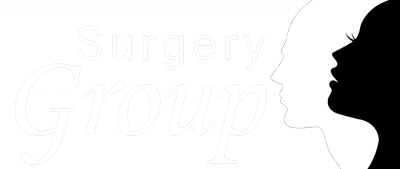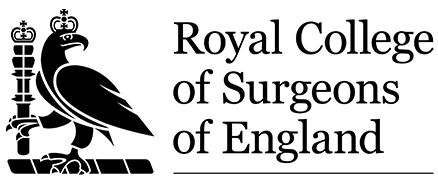IMPORTANT: No chemical-based products such as hair colour, hair lacquer or sprays etc should be used on the head for 4 weeks following the operation. Shampooing or rinsing the transplanted area must be gentle for the first 14 days.
DO NOT RUB OR SCRATCH, as this may dislodge grafts.
Instructions
Day 3 – First wash to be performed on the third day following the operation. Wash the scalp with the baby shampoo; dabbing gently over the transplanted area. Leave on your head like a facepack for 10 minutes and rinse off very gently using a jug or by dipping a sponge.
Day 4 to 13 – Wash the scalp with the baby shampoo tapping gently over the transplanted area. Use your fingertips over the donor areas and rinse off. Rinse off with warm water. NO shower jet stream over the transplanted area.
To avoid any harm to the transplanted area, we advise you let the scalp air dry or the use of a hair dryer on a low setting. If needed, dry the transplanted area with a paper towel. Gentle dabbing is advised and avoid rubbing. Towels can be used in other areas of the scalp.
Day 14 – Apply the shampoo on the transplanted area using circular massage movements and keep it on the scalp for 1 hour. Rinse off. Dry skin crusts should fall off
Day 15 onwards – At this point you can go back to your usual shampoo if you wish. For follow up purposes we provide aftercare consultation review after 4,6 and 12 months.
– If the scalp becomes too dry, you should switch to moisturising conditioner on the sixth day and continue showering using the baby shampoo only and conditioner moving forward. Resume your normal shampoo after 10 days (try to use natural type shampoo).
– If the grafts are soaked too long, they may swell and rise above the skin surface and appear as little white bumps immediately after showering and for the first few days after the operation. It is not harmful to grafts, but indicates that you are soaking too much. As soon as you allow your scalp to dry, they will disappear.
– Transplanted Hair shedding is expected for the first 4 weeks after the operation. It is a normal process and should not be a concern. The healthy hair follicles are firmly in place at 10 days after the operation and cannot be dislodged.
– Please note that when hairs are shed, there may be a crust at the top and a bulb at the bottom. Remember the bulb is not the root (the growth part of the hair follicle). It is normal for the hair, bulb and associated crust to be shed and this does not represent a lost graft. If a graft is lost (something that may occur the first few days following the operation) there will be bleeding at the site of the lost graft. Therefore, if you don’t see any bleeding, don’t be concerned.
Do not use tar shampoo (a dark-colored, medicated shampoo used for psoriasis) on the transplanted area for 10 days following your operation, as this may interfere with the growth of the grafts.


